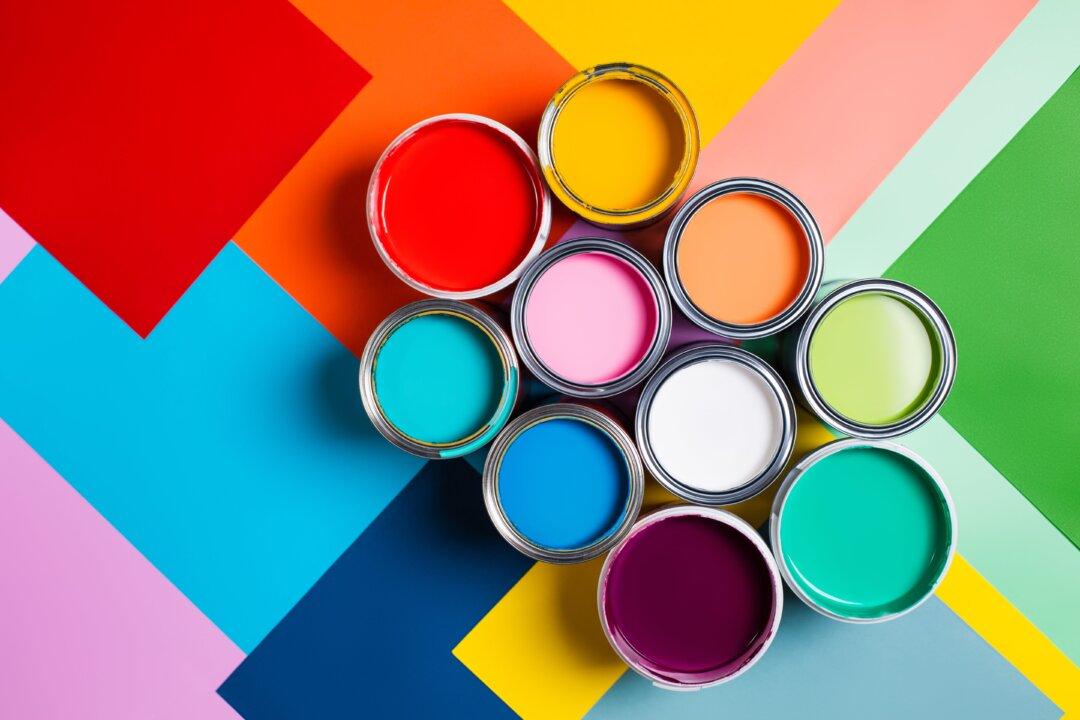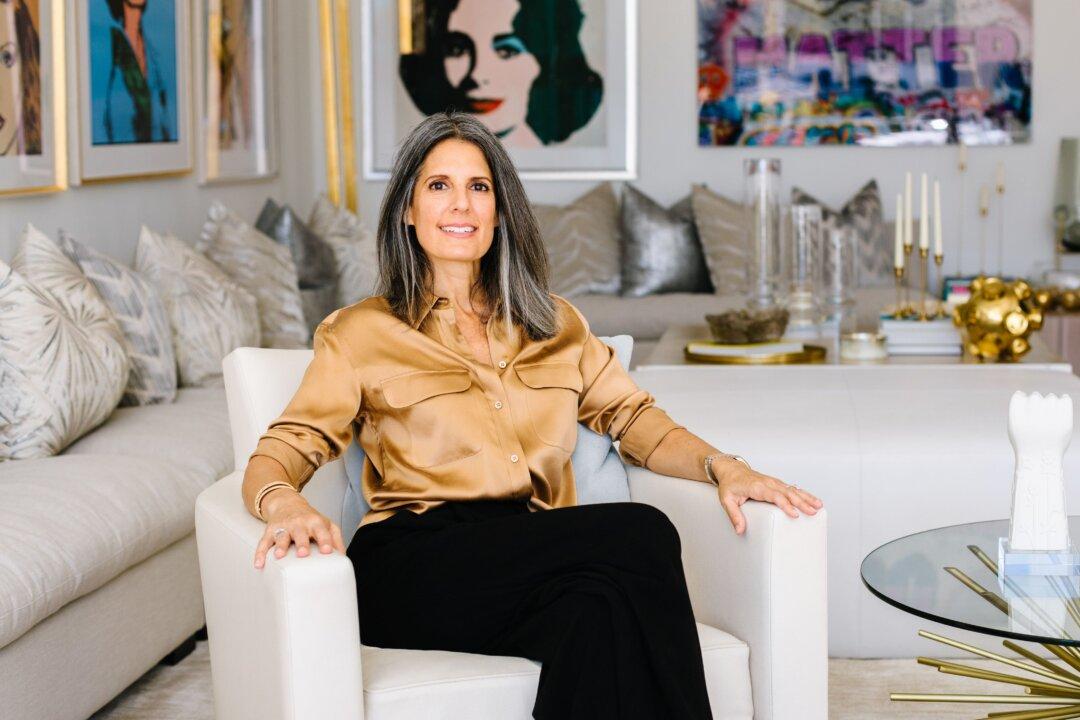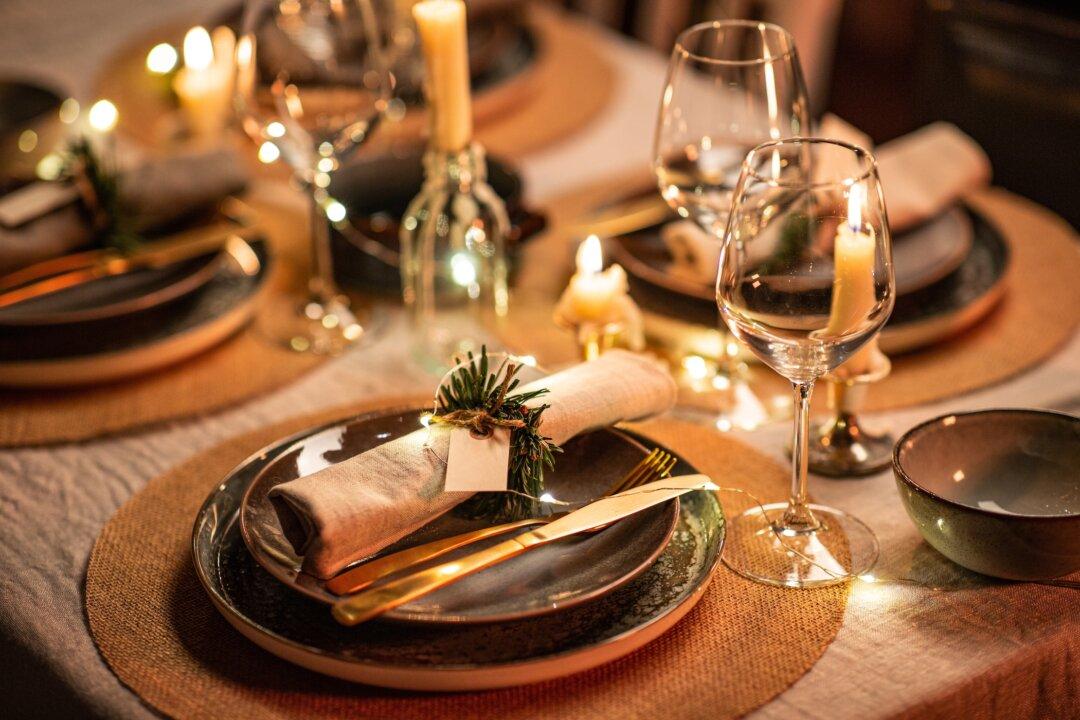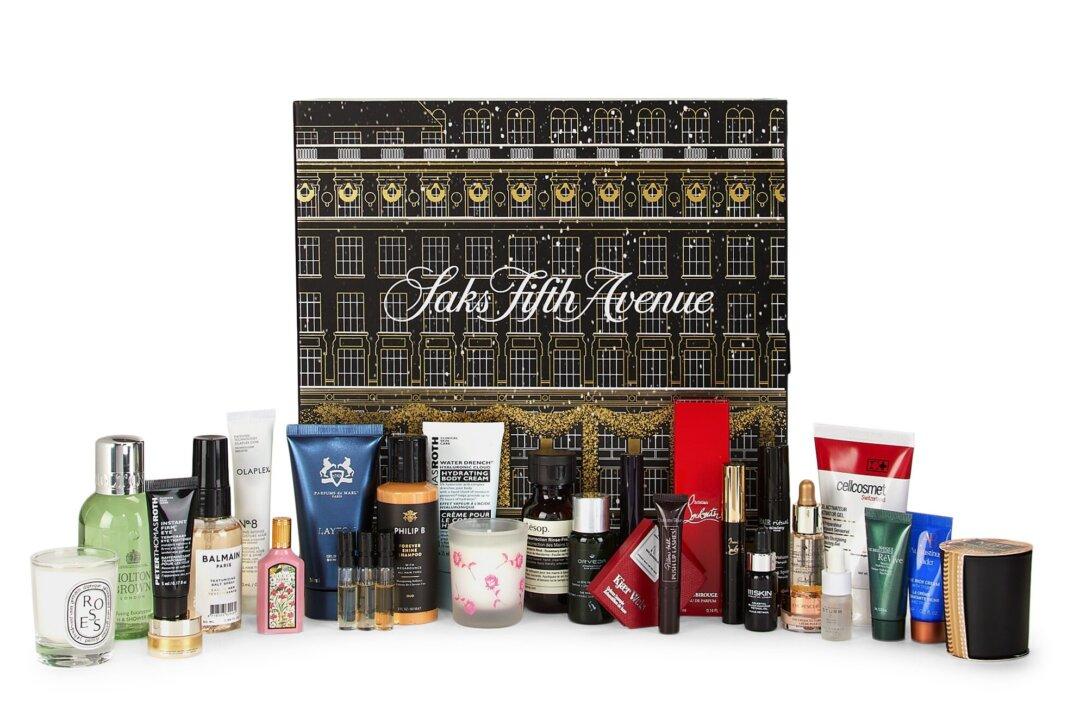Leatrice Eiseman can tell you which color to wear to boost your chances of succeeding in business or love, which tone to paint your bedroom to secure a good night’s sleep, and which hues to use to motivate your staff. As a color specialist, director of the Eiseman Center for Color Information and Training, and executive director of the Pantone Color Institute—where she heads the committee that selects its hugely influential Color of the Year—her expertise is recognized internationally.
For 2024, Pantone chose a gentle, pastel orange color called “Peach Fuzz.” The color represents our “innate yearning for closeness and connection,” Ms. Eiseman said in Pantone’s announcement. It also exudes warmth and compassion, she added.





